
Plants play a vital role in maintaining the balance of our ecosystem by producing oxygen through the process of photosynthesis.
However, did you know that some plants also produce oxygen at night?
These plants, known as Crassulacean acid metabolism (CAM) plants, are able to open their stomata, the small openings on the surface of leaves that allow for gas exchange, at night to take in carbon dioxide and store it as an acid. During the day, the acid is broken down to release the stored carbon dioxide for photosynthesis, while the stomata are closed to conserve water.
Highest Oxygen-Producing Plants at Night
Here are the top 10 highest oxygen producing plants at night:
1. Sansevieria Trifasciata (Snake Plant)

Sansevieria trifasciata, also known as Snake Plant or Mother-in-law’s Tongue. This hardy, low-maintenance plant is known for its ability to thrive in low-light conditions and purify the air by removing toxins.
It’s an excellent choice for indoor gardens as it can survive in low light conditions and also it’s easy to care for.
2. Epiphyllum Oxypetalum (Queen of the Night)
Epiphyllum oxypetalum, also known as Queen of the Night. This tropical cactus is known for its large, fragrant blooms that open at night and can produce oxygen all night long.

It’s a tropical cactus that is suitable for indoor gardens or greenhouses and is known for its fragrant blooms that open at night, making it a great addition to any night garden.
3. Thanksgiving Cactus (Schlumbergera)
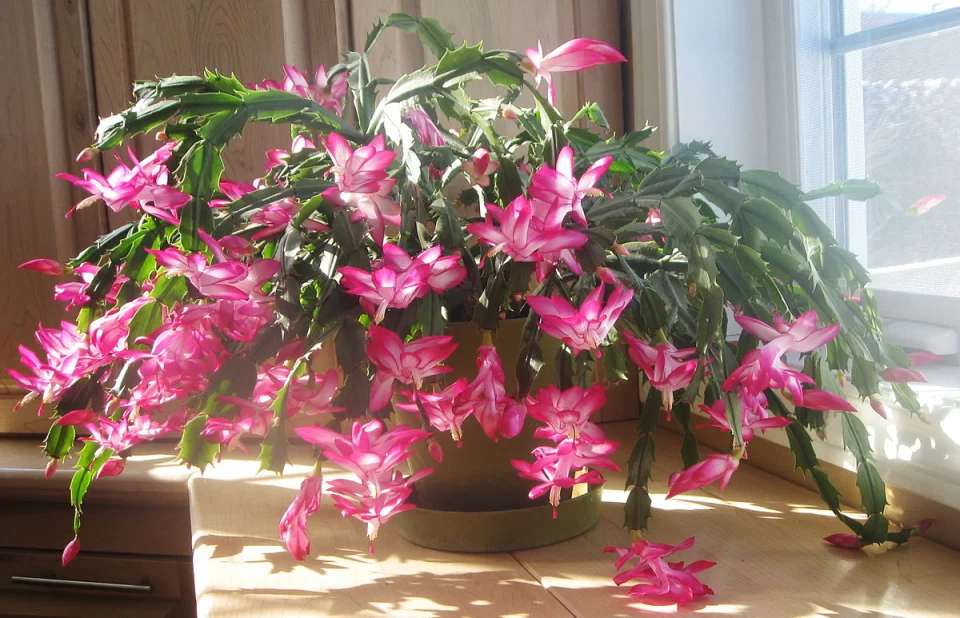
Schlumbergera, also commonly known as “Christmas Cactus” or “Crab Cactus” or “Holiday Cactus” or “Thanksgiving Cactus”. This flowering cactus is known for its beautiful blooms and ability to produce oxygen at night. It’s a great choice for indoor gardens, with its colorful blooms that open at night and also it’s easy to care for.
4. Prickly Pear Cactus
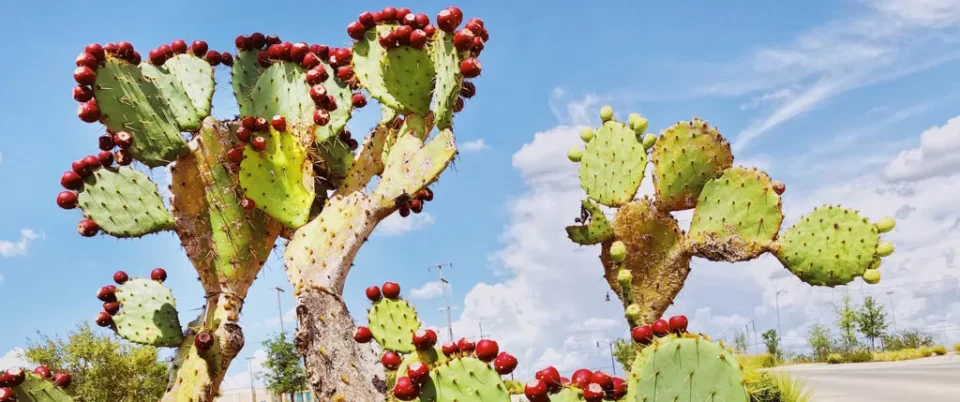
Opuntia spp, also known as Prickly Pear Cactus. These hardy outdoor cacti are known for their ability to survive in hot and dry conditions and produce oxygen at night. They are a great choice for outdoor gardens and are able to tolerate hot and dry conditions.
5. Aloe Vera

Aloe vera, also known as Aloe. This succulent is known for its medicinal properties and ability to produce oxygen at night.
It’s a great choice for indoor gardens, with its ability to purify the air and also for its medicinal properties.
6. Century Plant (Agave Americana)
Agave americana, also known as Century Plant. This large, striking succulent is known for its ability to produce oxygen at night and also for its beautiful foliage.
It’s a great choice for outdoor gardens, with its striking appearance and also it’s easy to care for.
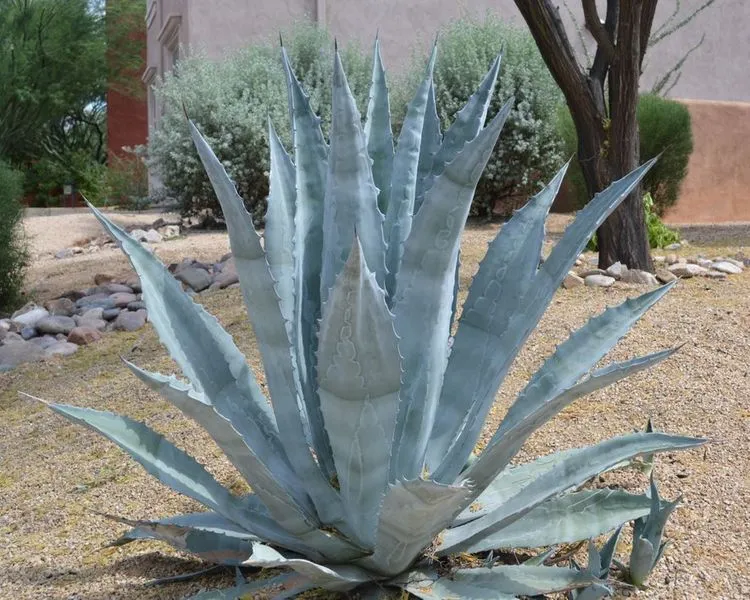
7. Florist Kalanchoe

Kalanchoe blossfeldiana, also known as Florist Kalanchoe. This flowering succulent is known for its bright, colorful blooms and ability to produce oxygen at night.
It’s a great choice for indoor gardens, with its colorful blooms that open at night and also it’s easy to care for.
8. Jade Plant (Crassula Ovata)
Crassula Ovata, also known as Jade Plant. This hardy succulent is known for its ability to produce oxygen at night and also for its ornamental value.
It’s a great choice for indoor gardens, with its ornamental value and also it’s easy to care for.

Also read: Jade Plant Benefits: Small but Important Things to Observe
9. Echeveria

Echeveria spp, also known as Echeveria. This group of succulents are known for their beautiful rosette shape and ability to produce oxygen at night.
They are a great choice for indoor gardens, with their beautiful rosette shape and also they are easy to care for.
Also read: Things To Know About The Echeveria Agavoides – Care, and Propagation
10. Donkey Tail
Sedum Morganianum, also known as Donkey Tail. This trailing succulent is known for its ability to produce oxygen at night and also for its unique, cascading habit.
It’s a great choice for indoor gardens, with its unique cascading habit and also it’s easy to care for.
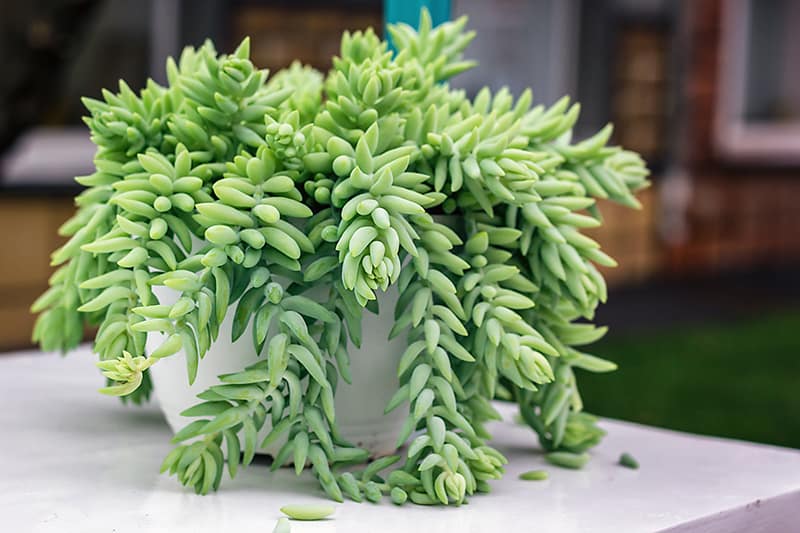
Also read: The Donkey Tail Plant: Care, Propagation, Problems & Benefits
11. Haworthia Plant
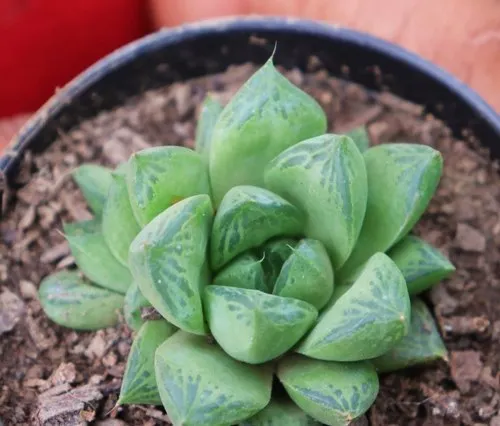
Haworthia is a genus of small, succulent plants native to South Africa known for their rosette shape. Many species of Haworthia are capable of performing Crassulacean acid metabolism (CAM) which allows them to produce oxygen at night.
They are suitable for both indoor and outdoor gardens, low maintenance, drought tolerant and can thrive in low light conditions.
Also read: Benefits of Haworthia Plant Which You Never Knew
FAQs
Q1: What are CAM plants?
CAM plants are a type of plant that are able to perform a process called Crassulacean acid metabolism. This allows the plants to open their stomata, the small openings on the surface of leaves that allow for gas exchange, at night to take in carbon dioxide and store it as an acid. During the day, the acid is broken down to release the stored carbon dioxide for photosynthesis, while the stomata are closed to conserve water.
Q2: What are the benefits of having CAM plants in my home?
CAM plants can help purify the air by removing toxins and also add humidity to it. They also produce oxygen during the night which can help improve the air quality in your home, especially if you have poor ventilation. Additionally, many CAM plants are also known for their ornamental value, making them a great addition to any indoor garden.
Q3: Are all CAM plants suitable for indoor gardens?
Not all CAM plants are suitable for indoor gardens. Some of them are adapted to specific climates and may require specific conditions to thrive. However, many CAM plants such as Sansevieria trifasciata, Epiphyllum oxypetalum, Schlumbergera, Aloe vera, are suitable for indoor gardens and do well in normal room conditions.
Q4: Can I grow CAM plants outside?
Yes, many CAM plants can be grown outside as well, such as Agave americana, Opuntia spp, Kalanchoe blossfeldiana, and others. However, it’s important to note that these plants are adapted to specific climates and may require specific conditions to thrive. Make sure to research the specific needs of the plant before placing it outside.
